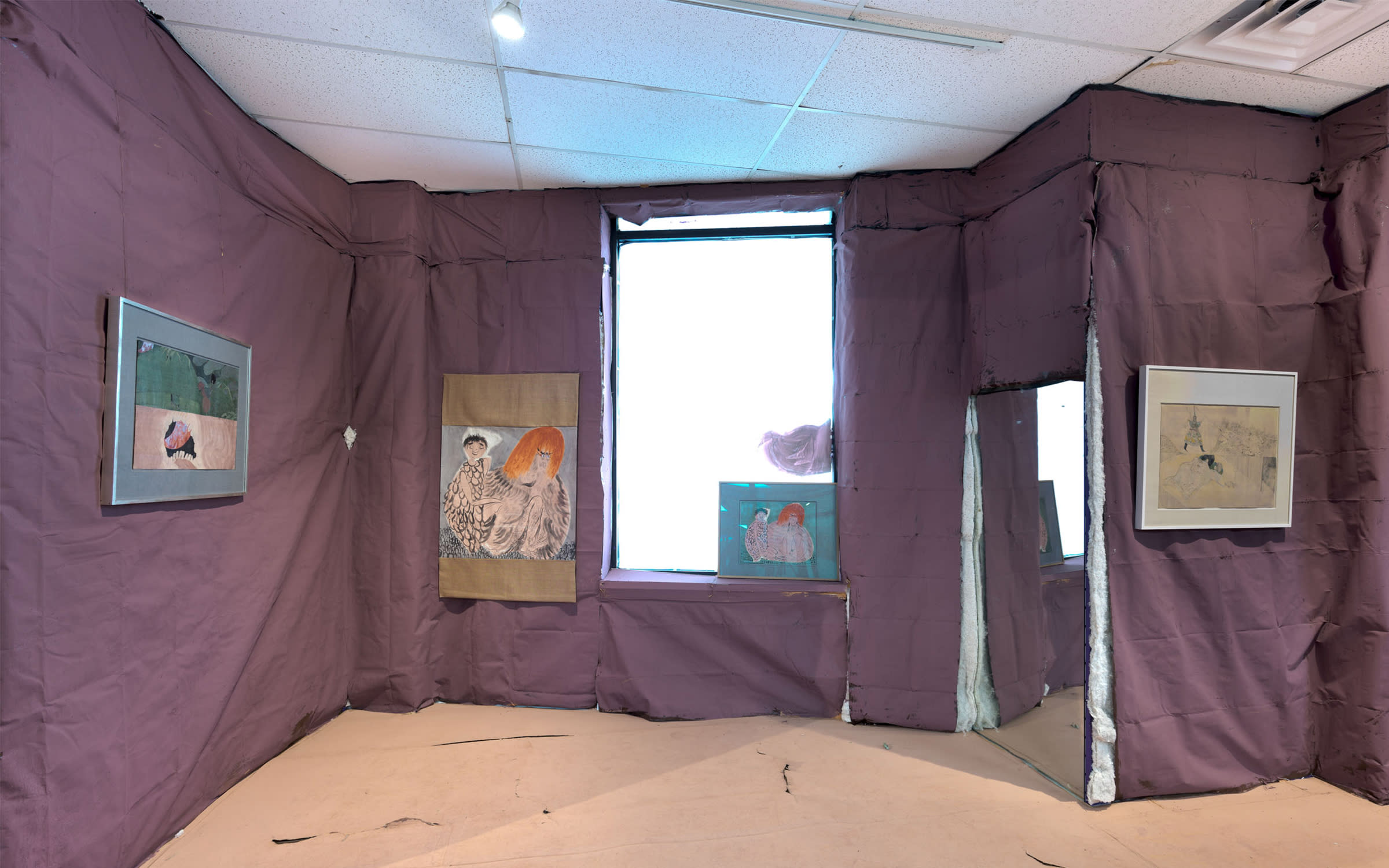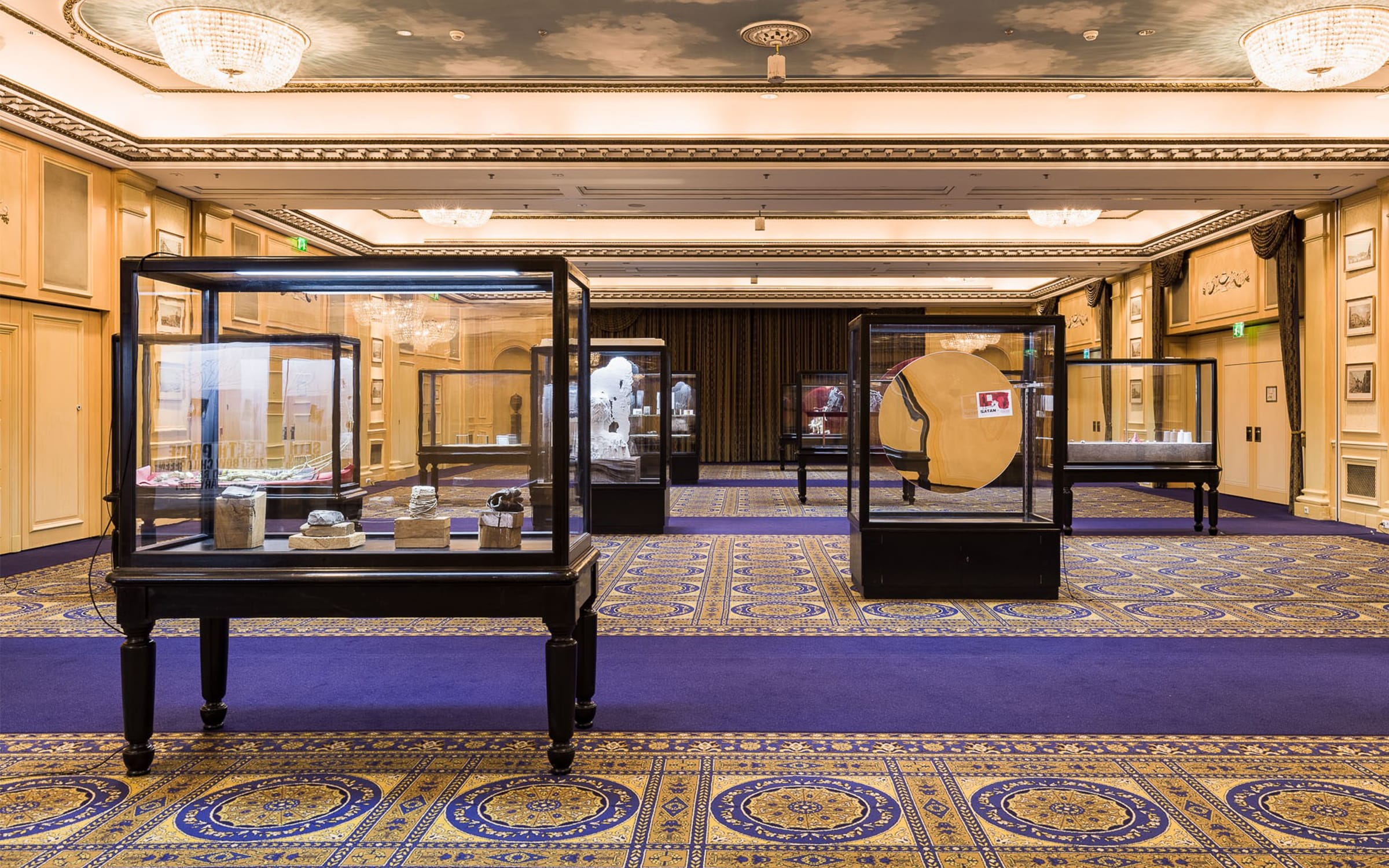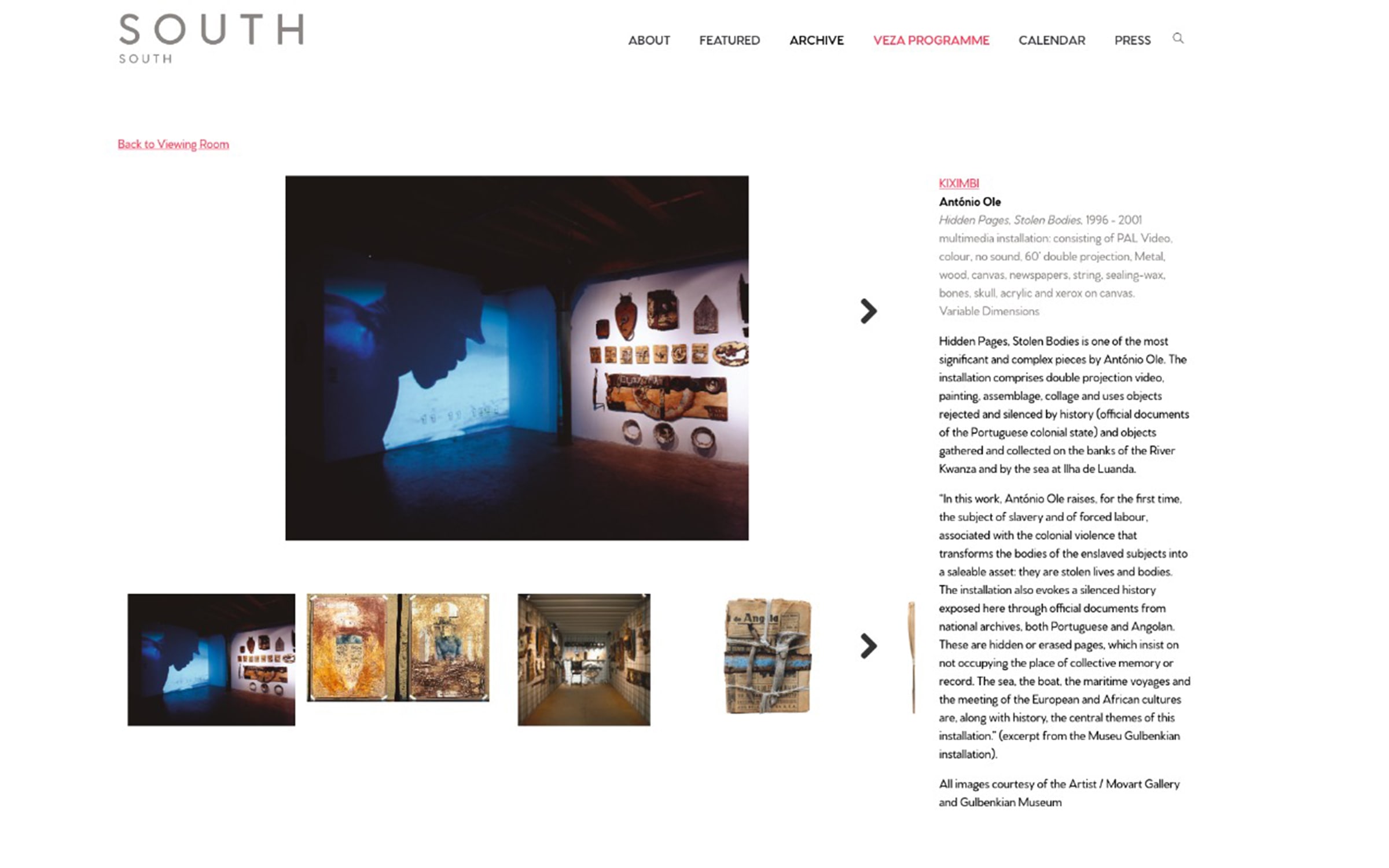From tiny to global, gallery collaborations offer new possibilities in a challenging moment
Galleries aren’t always in competition. In these unusual times, working together is more important than ever
Log in and subscribe to receive Art Basel Stories directly in your inbox.



